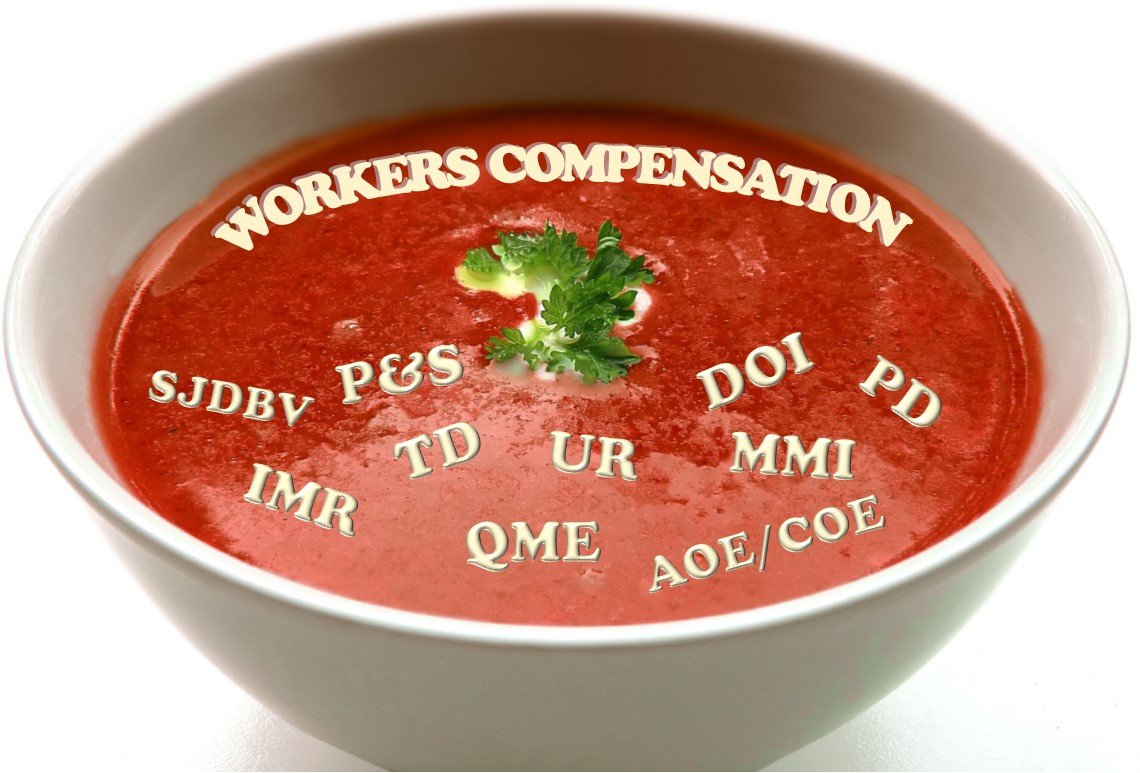List of Contents
Decoding Workers Compensation Alphabet can be a complex, confusing and time-consuming process. We’re here to help you decode it.
Compensation Explained
We’ve compiled a list of what you need to know before filing a workers compensation claim. This includes what it covers, who is eligible, and the types of injuries that are compensable.
How to File a Claim
This step-by-step guide will walk you through the steps on how to file a workers compensation claim from start to finish. We’ll also give you a few guidelines on what not to say or do when interacting with your employer during this process.
Is It Worth Filing A Claim?
This article will help you understand if it is worth your time and effort to file for workers compensation benefits. It will outline some of the pros and cons, so that you can make an informed decision about your situation. If it sounds like we can help, please contact us for free evaluation of your case!
In workers’ compensation, there are many complex terms and abbreviations you should learn. Learning these will allow you to communicate more effectively with your claims adjuster, doctors, and most importantly, lawyers.
In this blog, we explain these common terms. In no way is this meant to be a comprehensive lesson on all of the abbreviations. However, after you have read through this blog you will have a good grasp of the terms used in the workers’ compensation system.
California workers’ compensation law is complicated, and a lawyer can help process your specific situation and answer your questions. Contact our office to discuss decoding workers compensation case today.
AOE/COE – Arising Out of Employment in the Course Of Employment. In order for an injury to be covered by workers’ comp, the injury must arise out of the employment and in the course of employment. Simply, the injury must be caused by performing their job duties while the worker is working. For example, an injury is AOE/COE where a warehouse worker injures their back while they are lifting a heavy box from a pallet. It could also include the same person cutting their finger while serving a slice of cake at a work party for a co-worker’s birthday.
DOI – Date of Injury. The calendar date of your injury. For a specific injury, this is a specific date, like Friday the 13th. If an injury happens over the course of time, like repetitive stress and strain of your hands from typing or back from lifting all of the time, then it is said to be a cumulative trauma (CT) injury.
TD – Temporary Disability. Temporary disability benefits are money issued to the injured worker if the work injury prevents the person from working. Usually, the injured worker is also receiving treatment at this time to try and get better. Hence the condition is considered temporary while receiving these payments. It is meant to be a wage replacement, but only 2/3 of a wage replacement.
PD – Permanent Disability. Permanent disability benefits are money benefits issued to an injured worker based on a percentage of permanent disability. There is a permanent partial disability (PPD) and permanent total disability (PTD). Most injuries result in some percentage of permanent partial disability. These payments only last for a certain amount of time, depending on the percentage of disability for the work injury.
SJDBV – Supplemental Job Displacement Benefits Voucher. A supplemental job displacement voucher has a monetary value (up to $6,000.00) that can be used for vocational and retraining purposes. It is somewhat complicated to use. In some cases, the SJDBV can be used to purchase computer equipment or supplies required for retraining. There are vocational counselors who can assist injured workers in maximizing the retraining benefits. A doctor decides if you get access to the SJDB Voucher depending on whether you can return to your job.
MMI – Maximum Medical improvement. Maximum medical improvement is when an injured worker’s medical condition after reasonable treatment has plateaued, meaning the person is not expected to get much better or worse within 12 months. This is also known as “Permanent and Stationary”, or “P&S”.
UR – Utilization Review. Requests for authorizations of medical treatment and prescriptions submitted by the injured person’s doctor are evaluated by utilization review to determine if the request is medically necessary. A UR physician is a doctor in a cubicle somewhere who will review the medical reports and the request of the treating doctor to determine if they satisfy the medical necessity guidelines used in the decoding workers compensation system.
IMR – Independent Medical Review. If a utilization review determination is unfavorable, the injured worker may appeal the denial of treatment through the independent medical review process. This is often a frustrating process and is beyond the scope of this blog. But I am sure we will write about it soon.
QME – Qualified Medical Evaluator. The physician who evaluates to see if there is permanent impairment and decides on other medical-legal issues is a Qualified Medical Evaluator. The QME is like the Doctor-Judge of the case. If you have one of these to go to, this is an appointment that you should not miss!
Decoding Workers compensation lawyers
Workers comp insurance is complicated. You need to know the law, evaluate your risks, and make a plan. At Workers Comp Solutions we have the experience and expertise and helping you decoding workers compensation.
We’re proud to be among the top three workers’ compensation lawyers in the country, according to our peers and awards. We have a team of highly-skilled professionals that specialize in worker’s comp cases and are ready to take your case today!

